I tested the new lock screen customization with iOS 26 vs. Android 16 — and there’s a clear winner
It's a stunning reversal in how they do it
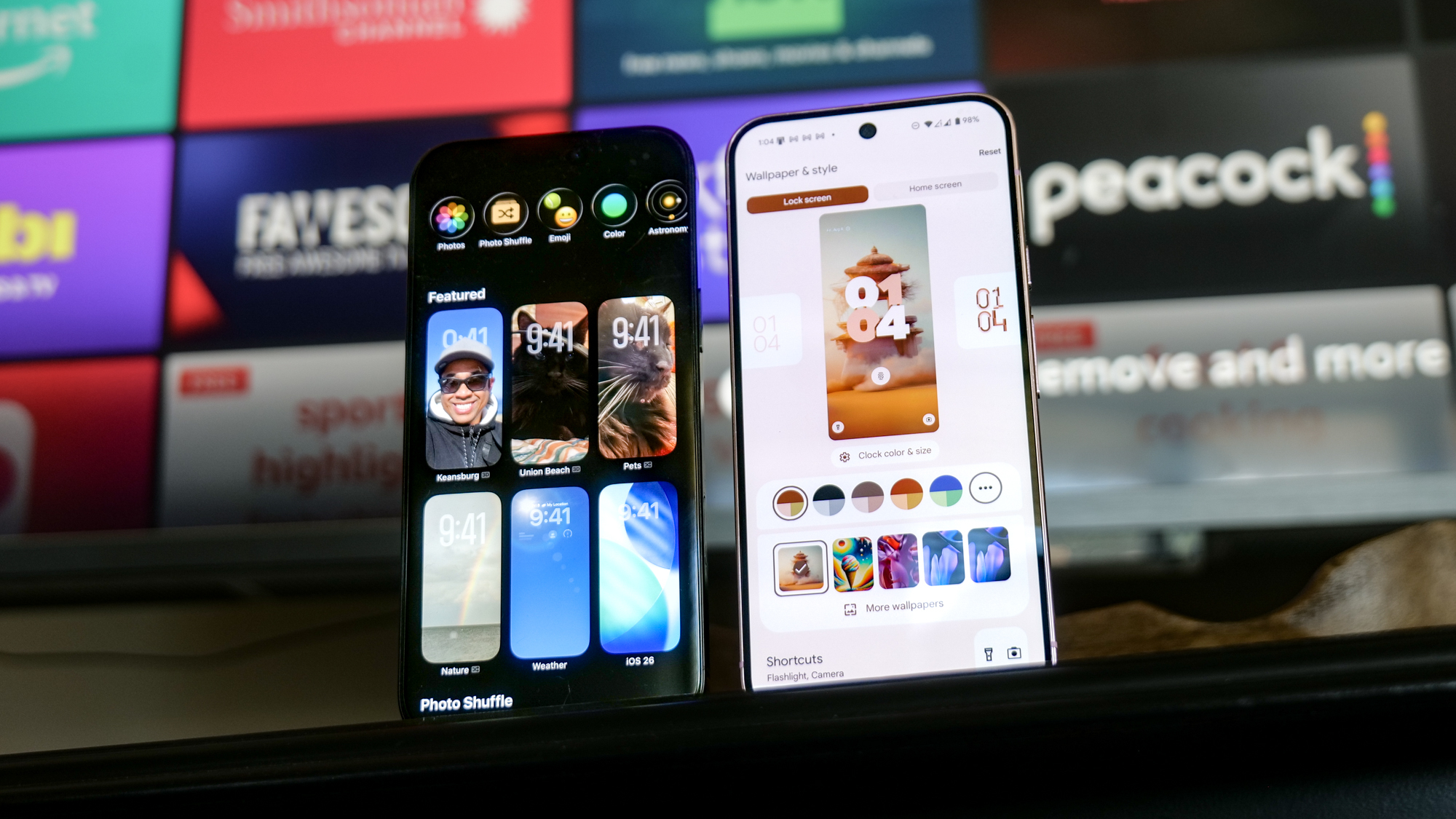
Apple spent a great deal of time taking the best parts of Android, like its rich home and lock screen customizations, and integrating them slowly into its phone software. Remember how Android offered widgets way before iOS?
Well, it looks like Apple’s catching up with its competition. For my latest matchup, I’m putting the new lock screen customizations with iOS 26 and Android 16 to the test to see which one does it better. I’ve always preferred Android’s incredible customization, but I’ve been very impressed by what Apple has done with iOS 26.
The lock screen is important for a number of reasons, but it’s also a way to express yourself. For example, you can often tell an animal lover from a car enthusiast just by what their phone shows.
In this lock screen customization comparison, I'll explore the features on both with the iOS 26 beta (using an iPhone 16 Pro Max) and Android 16 (using a Pixel 9 Pro XL). I will then grade each of them in the categories below to ultimately determine which one does it better.
iOS 26 vs. Android 16: Wallpaper options
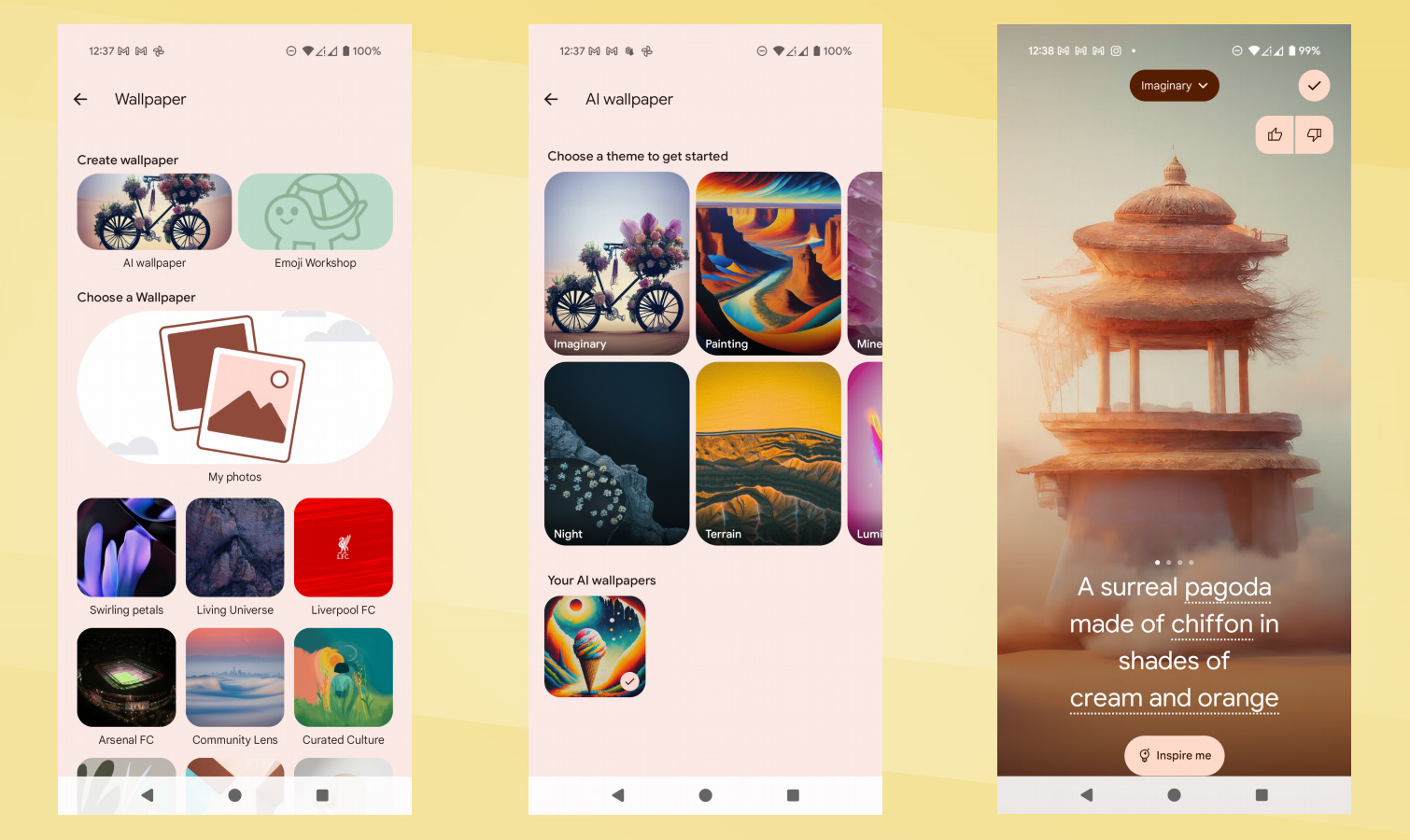
Before you customize anything else with your lock screen, locking down your wallpaper should be the first thing you do. With Android 16, you can customize the lock screen by long pressing anywhere on the lock screen until the option for “Customize Lock Screen” pops up — or through the general Android settings menu and selecting “Wallpaper & Style.”
There’s a curated list of images I can choose from that are already preloaded, or I can choose one from my gallery — so nothing terribly out of the ordinary here. There are two additional options to select, emoji workshop and AI wallpaper, that further lets me customize the wallpaper. Between them, I prefer AI wallpaper just for the sheer unlimited possibilities it offers by selecting keywords that the mage generator would use.
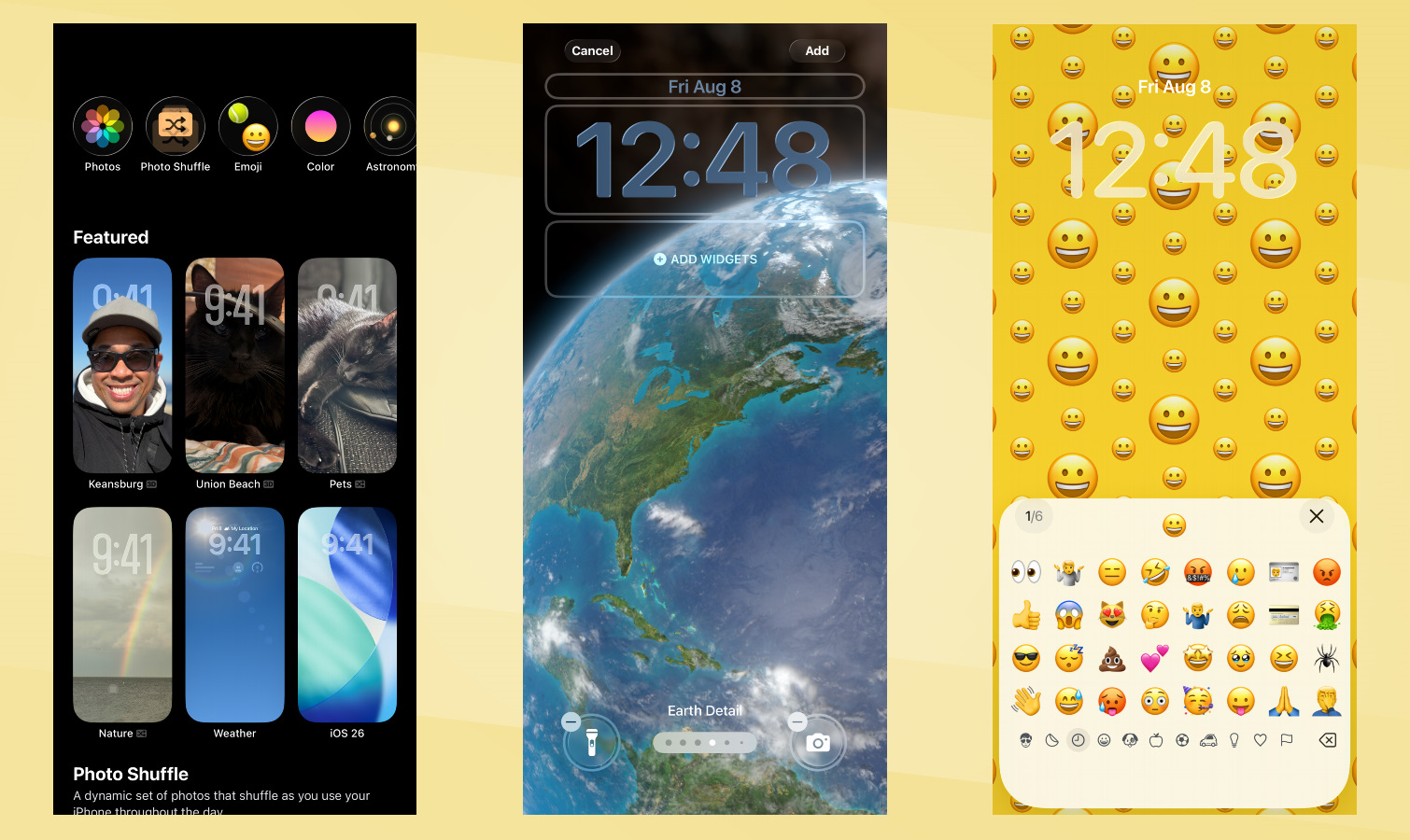
Apple used to be barebones, but I’m shocked by the sheer amount of wallpaper options that iOS 26 offers. Similarly, I can choose my own photos or one that uses emojis just like Android 16, but it offers so much more. What’s really impressive here is that many of these wallpapers are dynamic, in the sense that they’ll change — like the astronomy and weather wallpapers.
Get instant access to breaking news, the hottest reviews, great deals and helpful tips.
I also love the Photo Shuffle option with iOS 26, since it’ll automatically aggregate the photos based on the categories I choose. That’s less work for me having to go through all my photos, but I’m equally impressed by its selections. Honestly, I’m surprised by the depth of customization that iOS 26 offers with its wallpapers.
Winner: iOS 26
iOS 26 vs. Android 16: Shortcut options
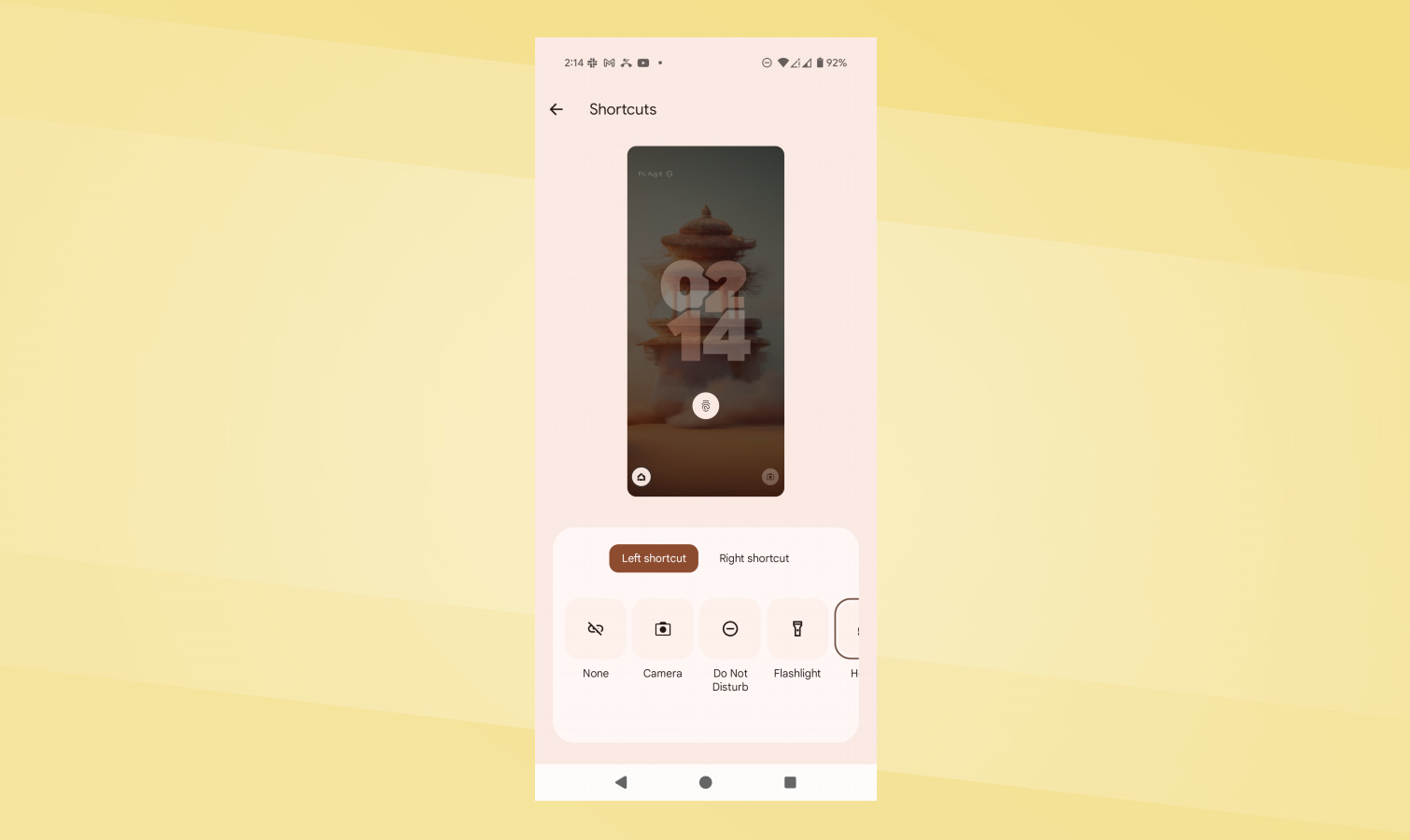
Shortcuts are key with the lock screen because it gives us quicker access to apps or actions without having to unlock our phones — and thankfully Android 16 and iOS 26 offers excellent customization. Although, you only get a maximum of two shortcuts to add to the lock screen, so choose wisely. They’re also positioned on the bottom left and right corners of the lock screen, with no other placement options.
What really surprises me most here is that Android 16’s lock screen has fewer options to choose from. You get the basic stuff, like the camera, flashlight, and mute, but it’s really limited. In fact, there’s a total of nine things to choose from — and there’s no option to make a custom shortcut. I’m honestly puzzled because of Android’s history of giving users control over the interface.
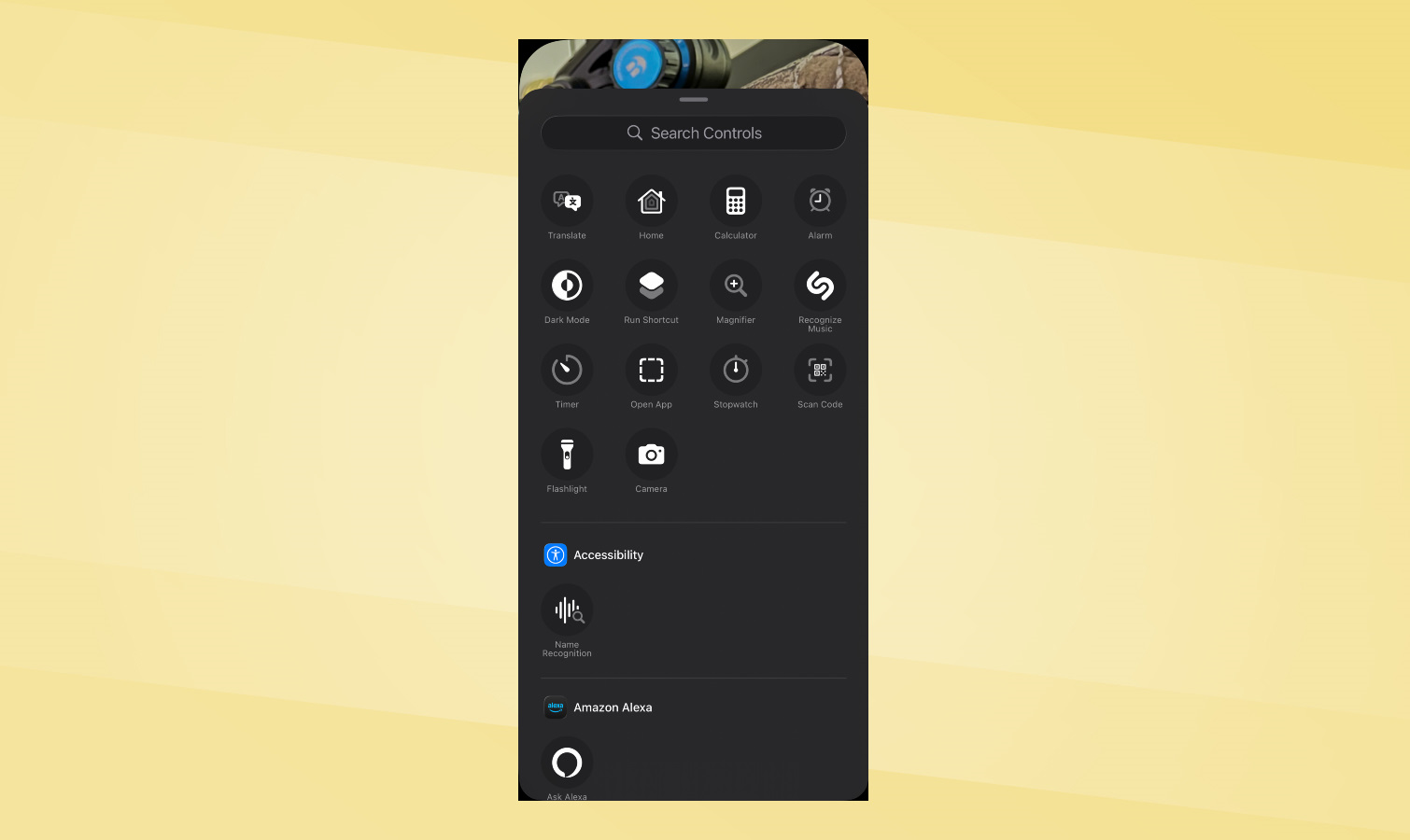
Not only is it surprising that Apple offers more shortcut options with the iOS 26 lock screen, but it goes overboard in such a way it feels almost unlike Apple. Really, you can create just about any shortcut, including the ability to launch specific apps and other controls within those apps. For example, I can add a shortcut to lock/unlock the Rivian R1S I tested not too long ago — or turn on an accessibility feature like live speech.
Winner: iOS 26
iOS 26 vs. Android 16: widget options
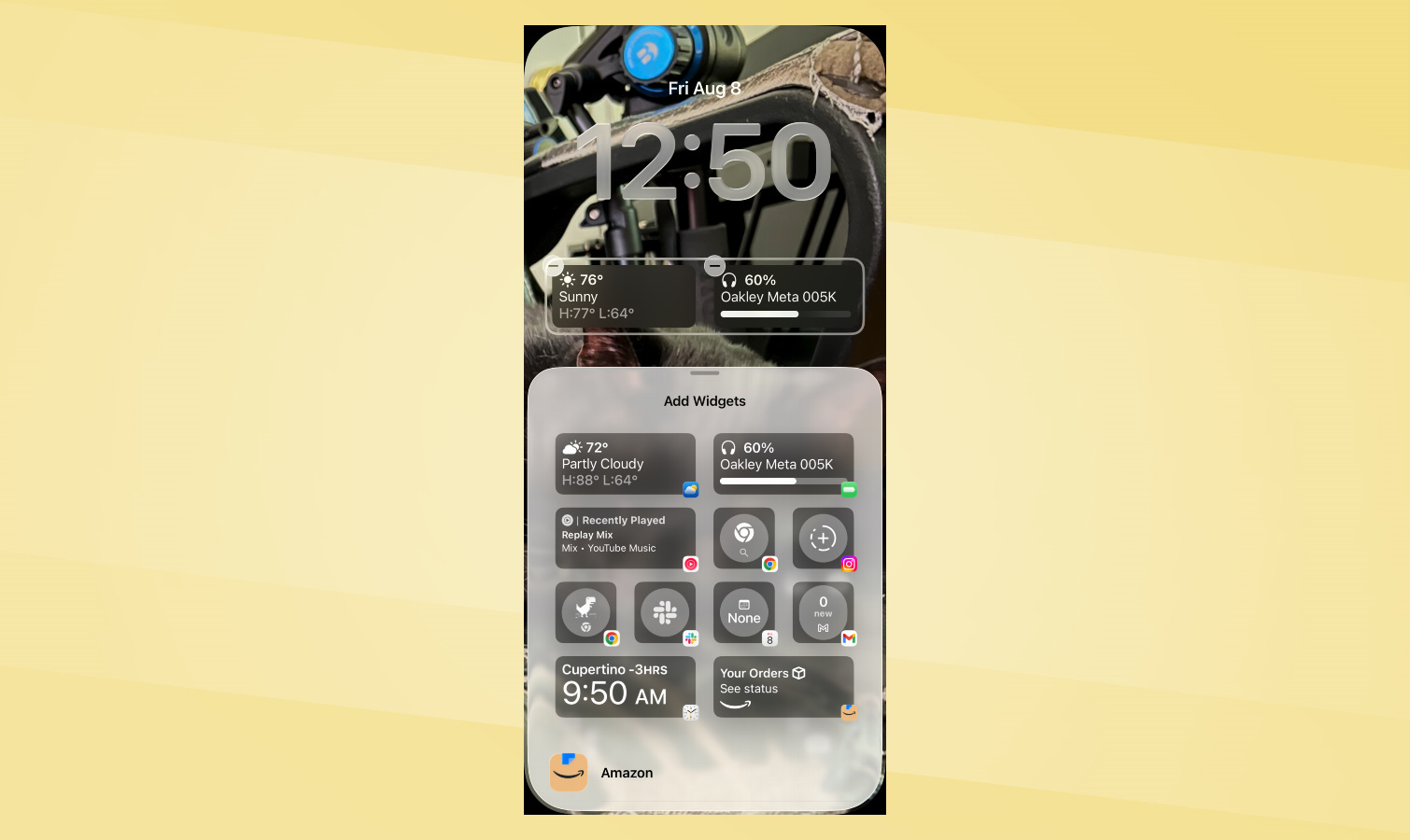
Android’s had a long storied history with widgets. That’s exactly what set it apart at the beginning from iOS, with the very first version of Android giving users access to a slew of widgets. With Android 16 and iOS 26, it’s shocking which one does a better job of offering them in the lock screen.
I cannot believe that there’s more customization with iOS 26. It’s a startling revelation given how widgets on the lock screen were an Android mainstay for a long time. All of the wallpaper options in iOS 26 allow you to select up to two widgets in the lock screen. Similar to shortcuts, there’s an extensive set of widgets to choose from. While I wish they could be resized, their placement on the lock screen isn’t overwhelming.

Conversely, the most recent Android 16 update I installed on my Pixel 9 Pro XL doesn’t give me the option to add any widgets at all — which is surprising. According to its own blog post, Google is planning to release an update later this summer to bring this option. Interestingly, my Galaxy Z Flip 7 running Android 16 does offer it. Not only are the selections similar to iOS 26, but it does give me the ability to select up to three icon-sized widgets. Otherwise, it’s similar with iOS 26 when I select two.
Winner: Android 16
iOS 26 vs. Android 16: Other features

This is where iOS 26 really shows its depth over Android 16 because there are still more lock screen features to tap into. Other lock screen features in Android 16 include the option to select color combinations for icons and text, a dynamic clock that will adjust depending on what’s shown on the lock screen, and an option to add users. None of them are actually that exciting in my opinion.
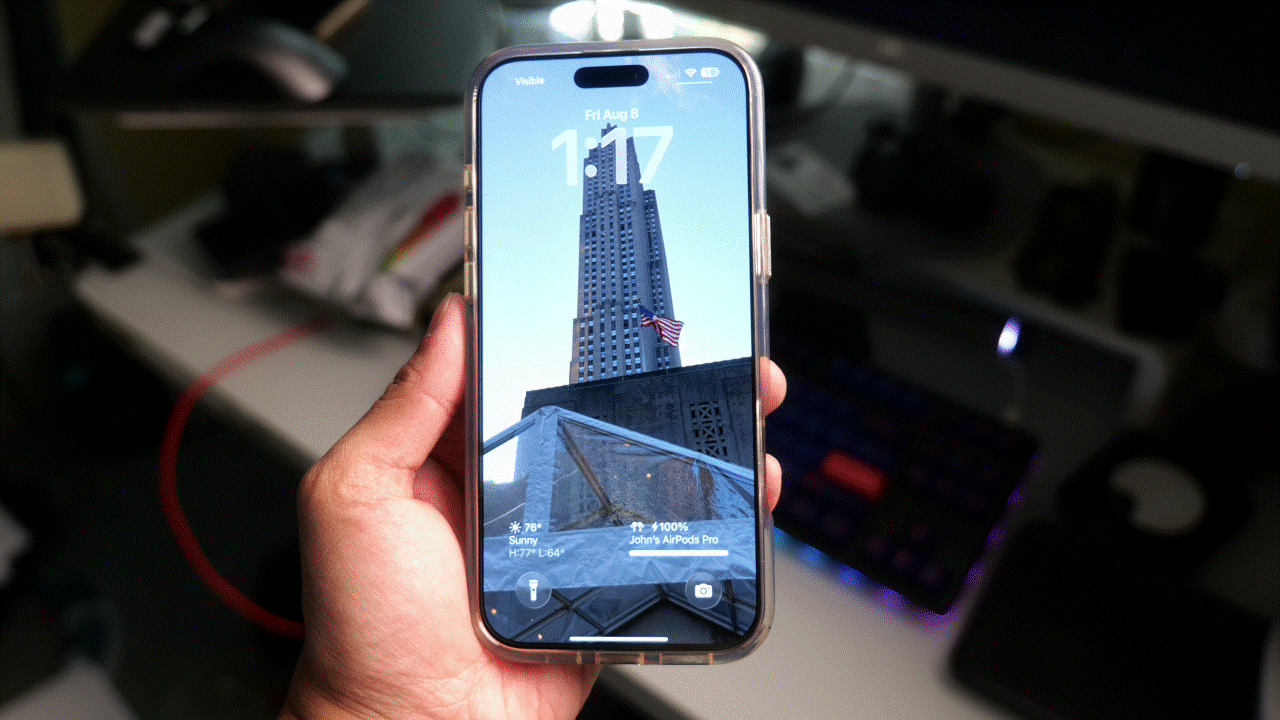
iOS 26 has other customization features, like the ability to create a spatial scene with your wallpaper, different filter effects, and the ability to link the lock screen to a specific focus. For example, I could have one lock screen set to my work focus mode — and another for when I sleep. With the spatial scenes, I love how my photos have that 3D-like effect to them. Lastly, iOS 26 lets you create multiple lock screens that you can customize and edit at any time.
Winner: iOS 26
iOS 26 vs. Android 16: Verdict
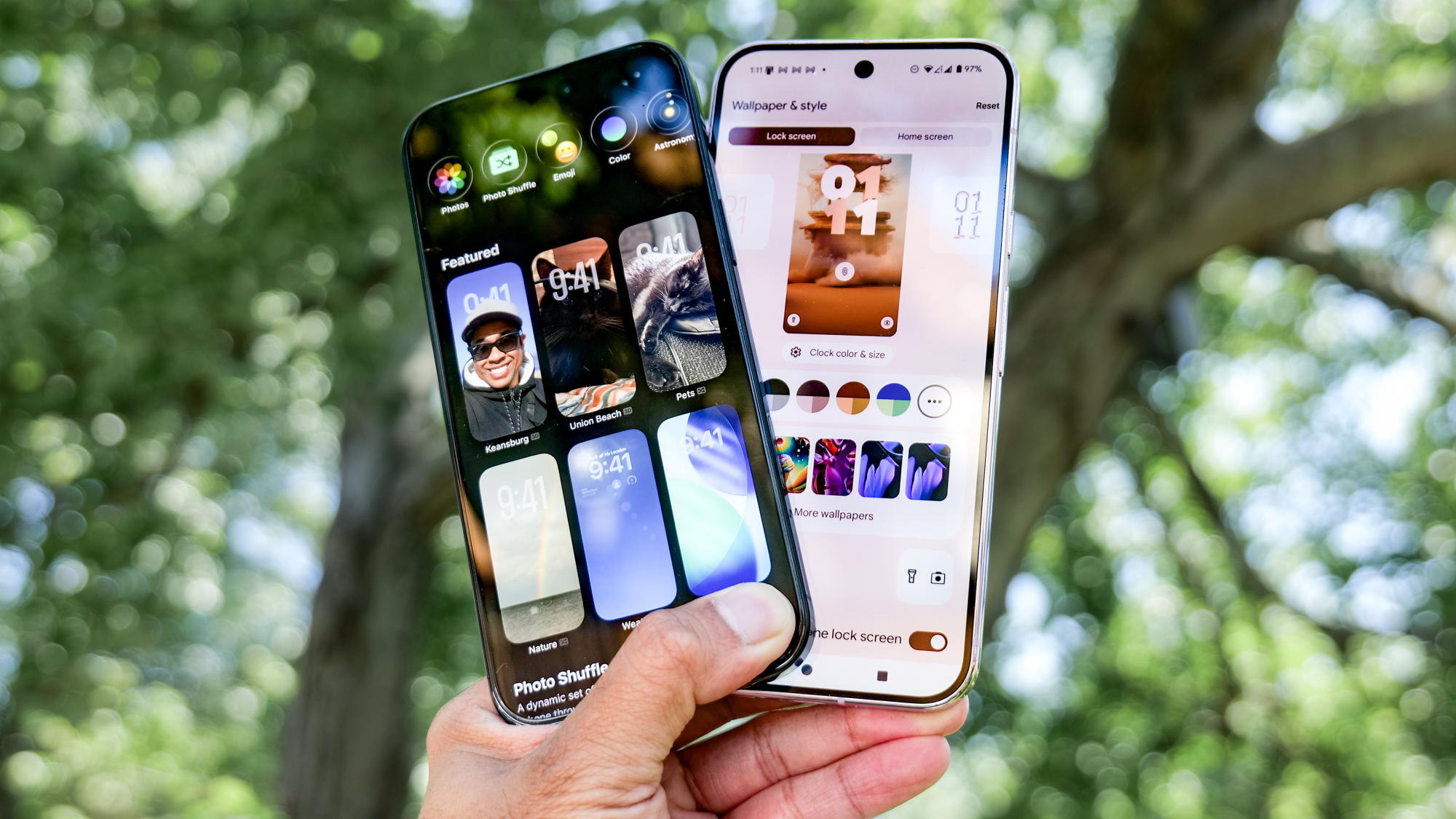
I’ve been reviewing iPhones and Android phones for a long time and this one’s a surprising result, which almost feels like a reversal of sorts. That’s because Android for a long time took pride in its deep customization, while Apple went for a more minimalist approach.
I’m hopeful that subsequent updates will add more features to the lock screen with Android 16, but it’s a far cry compared to what Apple offers with iOS 26. From the allure of seeing my wallpaper jumping out at me with its depth effect, to the amount of shortcuts to choose from, the iOS 26 lock screen has proven to me it’s better than Android 16. Plus, I cannot tell you how helpful it is being able to create multiple lock screens that I can switch between at any time.
More from Tom's Guide
- Google could be making a big mistake with the Pixel 10 Pro — here's why
- Android 16's upcoming feature could wreak havoc on your phone's fast charging
- I’ve been testing the Motorola Razr Plus (2025) and I don’t understand why it exists — here’s why

John’s a senior editor covering phones for Tom’s Guide. He’s no stranger in this area having covered mobile phones and gadgets since 2008 when he started his career. On top of his editor duties, he’s a seasoned videographer being in front and behind the camera producing YouTube videos. Previously, he held editor roles with PhoneArena, Android Authority, Digital Trends, and SPY. Outside of tech, he enjoys producing mini documentaries and fun social clips for small businesses, enjoying the beach life at the Jersey Shore, and recently becoming a first time homeowner.
You must confirm your public display name before commenting
Please logout and then login again, you will then be prompted to enter your display name.
